Sustainability ranks high on the global and political agenda as countries and regions set out energy and emission targets as part of climate change-related commitments.
Universal Robots, like many other companies, is working to make its own working practices and production more sustainable. What makes a manufacturing process more environmentally ‘sustainable’? If you ask 10 different manufacturers around the globe, you are likely to get 10 very different answers. However, when it comes to the use of cobots, some common themes unite the ever-growing list of sustainable manufacturing initiatives; Waste reduction is the most tangible, followed by reducing energy consumption, space saving production processes, and reshoring initiatives:
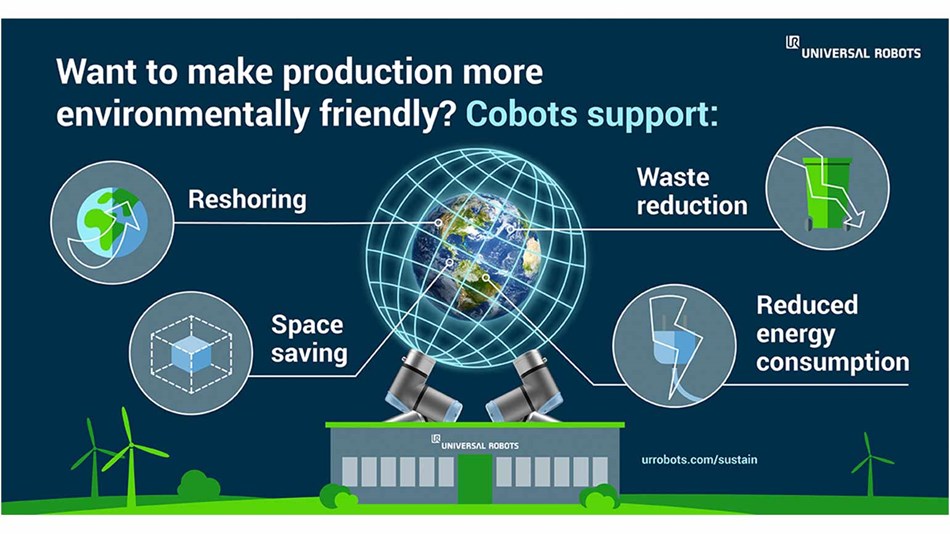
Collaborative robots have proven a very effective tool in helping manufacturers realize these goals in ways that make the bottom line sustainable as well:
REDUCING WASTE WITH COBOTS
As part of its commitment to eliminate defects and waste during the manufacturing process, Italian power tool maker RUPES deployed UR robots to work alongside humans on production line assembly tasks. The deployment resulted in reduced waste, lower operating costs, improved working conditions, allocation of workers to higher value tasks, and enhanced productivity.
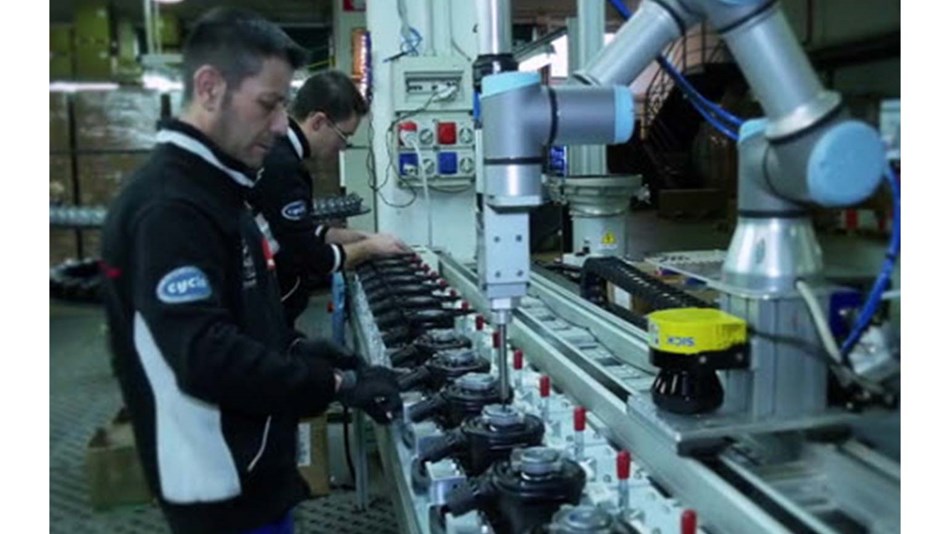
RUPES achieved its “zero defects” production targets by deploying a UR3 on assembly tasks.
As the RUPES example shows, one of the most effective ways to reduce wastage is to improve the quality of your manufacturing procedures. Universal Robots’ commitment to the fact that Quality Matters provides significant reassurance for manufacturers concerned about the sustainability of their operations.
In fact, not only are UR cobots manufactured according to high quality standards, but they are proven tools for reducing waste and increasing efficiency across a wide range of manufacturing businesses and processes from thermoplastics and precision optics manufacturing to welding and automotive production.
In addition, the UR+ ecosystem of UR-certified application kits and components provides a wide range of specialized industrial quality inspection systems that can be used to reduce waste and improve the quality of finished products.
COBOTS REDUCE ENERGY CONSUMPTION THROUGH REMOTE MONITORING AND ACCESS
Digitalization of manufacturing processes supports sustainability by reducing travel costs, optimizing energy consumption, and providing tools that manufacturers can use to streamline their automation deployment. The UR+ ecosystem supports digitalization with a wide range of remote monitoring and access solutions. Remote monitoring tools allow users to track and monitor cobot performance without having to go onsite. Typically accessible via tablet, PC and smartphone, these tools provide a wealth of information on KPIs that can then be used to tweak the cobots’ performance, resulting in improved production efficiency and reduced electricity consumption. Remote access tools enable manufacturers to program their cobot(s) remotely, saving on travel costs and reducing the environmental impact of the automation deployment.
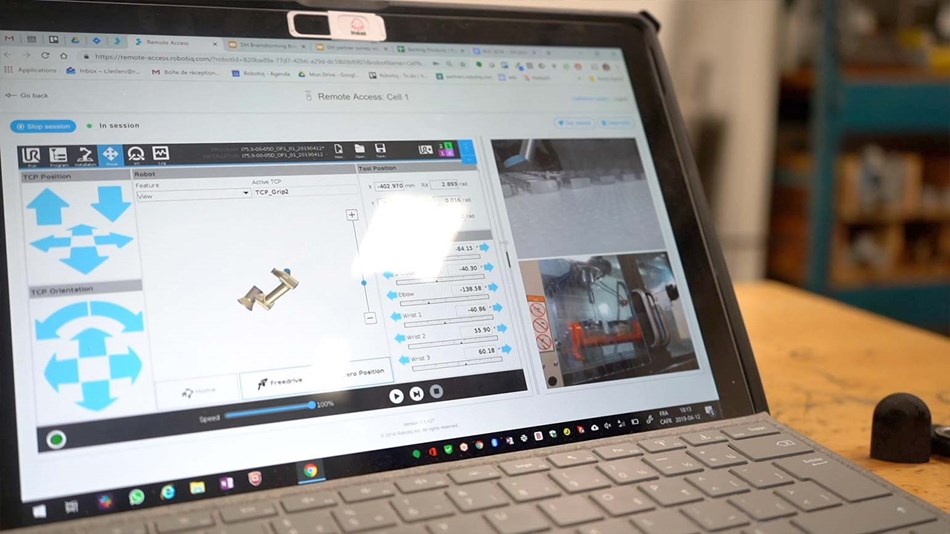
One of numerous UR+ certified solutions for remotely accessing the UR cobots is Robotiq Insights that provides real-time data to monitor, troubleshoot and improve production, enabling full remote control of the UR cobot from anywhere.
ENVIRONMENTALLY FRIENDLY FOOTPRINTS
Traditional automation typically comes with a large footprint and usually necessitates significant changes to the layout of the production facility. In some cases, new construction is required to create space for the robot. In contrast, UR’s lightweight cobots have a small footprint and based on the risk assessment, most cobots require no safety guarding, making them easy to move between applications while eliminating costly facility redesigns.
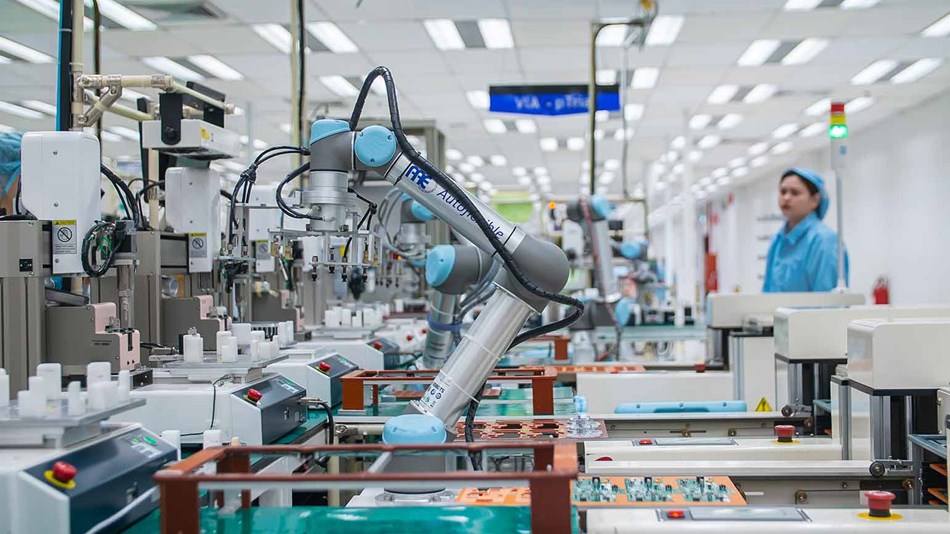
At Benchmark Electronics in Thailand, UR cobots handle assembly and testing tasks which has improved operational efficiency by 25% while saving as much as 10% of the manufacturing floor space.
BRINGS PRODUCTION HOME
Minimizing the distances involved in supply chains reduces transportation costs and is better for the environment. Coupled with uncertainty about the resilience of global supply chains, these environmental concerns have spurred reshoring efforts. UR cobots empower these efforts by allowing manufacturers to compete with lower-wage countries, keeping production close to home.
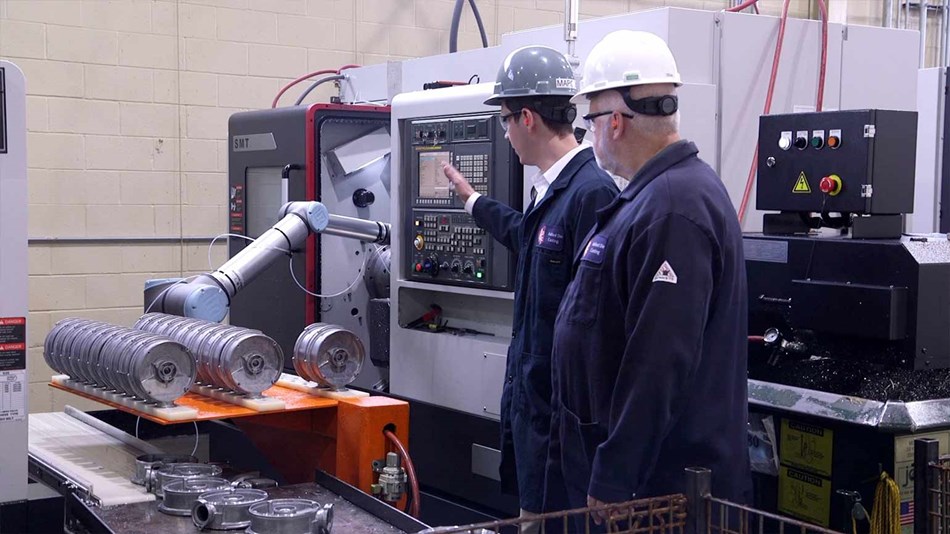
Die-casting manufacturer RCM Industries in Illinois, USA, found itself in competition with suppliers in Mexico for a large outsourced project for a Chicago customer. A fleet of new UR cobots took on repetitive high-precision tasks, increasing output and reducing costs, enabling the company to offer competitive pricing and win the project, keeping the production local.
MAXIMIZING ENERGY-EFFICIENCY IN COBOT DEPLOYMENTS
Generally speaking, cobots are more affordable and consume less energy than their traditional robot counterparts. There are very simple steps manufacturers can take to minimize energy consumption in their cobot-powered applications; running your cobot at 70-80% of its maximum speed and payload, where possible, will reduce energy usage and extend the lifespan of the cobot. And when it comes to application design, make sure to consider path optimization strategies as this will also reduce electricity consumption when the cobot is up and running.
2021 Universal Robots A/S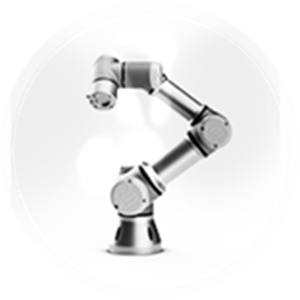
UNIVERSAL ROBOTS
We believe that collaborative robotic technology can be used to benefit all aspects of task-based businesses – no matter what their size.
We believe that the latest collaborative robot technology should be available to all businesses. The nominal investment cost is quickly recovered as our robotic arms have an average payback period of just six months.









